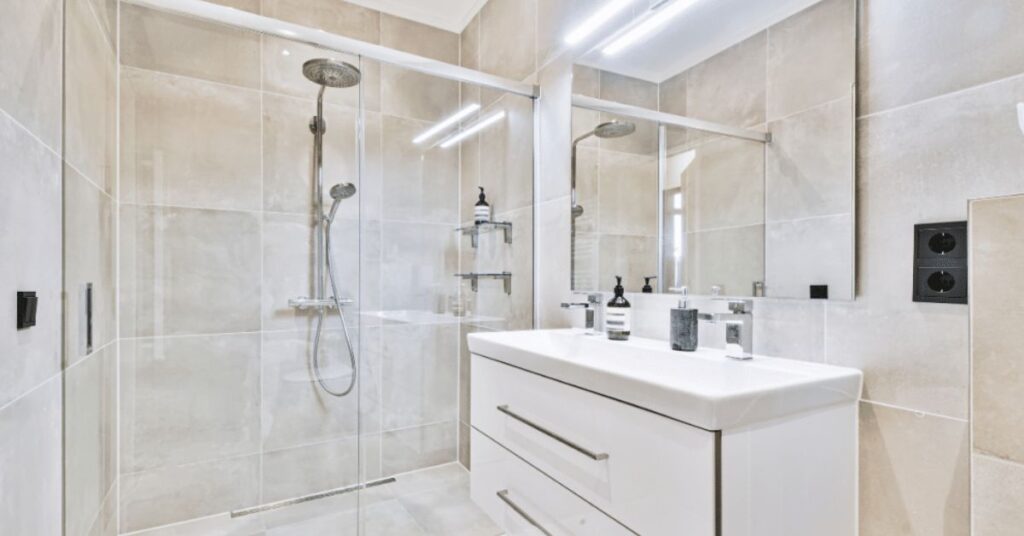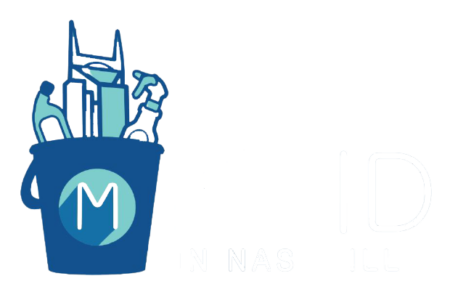Mold is more than just an unsightly nuisance; it can pose serious health risks and damage your home. Keeping your home mold-free requires vigilance, regular maintenance, and a proactive approach. In this blog post, we will provide practical tips for preventing mold growth and maintaining a healthy living environment. Whether you prefer to handle the tasks yourself or enlist the help of cleaning professionals, these insights will help you keep your home mold-free and safe.

Understanding Mold and Its Risks
Before diving into the tips for preventing mold, it’s essential to understand what mold is and the risks it poses. Mold is a type of fungus that thrives in damp, humid environments. It can grow on various surfaces, including walls, ceilings, floors, and furniture. Here are some key risks associated with mold:
1. Health Risks
Mold exposure can lead to various health issues, especially for individuals with allergies, asthma, or compromised immune systems. Common symptoms of mold exposure include respiratory problems, skin irritation, and allergic reactions.
2. Structural Damage
Mold can cause significant damage to your home’s structure by weakening building materials such as wood, drywall, and insulation. Over time, this can lead to costly repairs and potential safety hazards.
3. Unpleasant Odors
Mold produces a musty odor that can permeate your home, making it an unpleasant place to live. This odor can be challenging to eliminate and may require professional cleaning services.
Tips for Keeping Your Home Mold-Free
Preventing mold growth requires a combination of regular maintenance, proper ventilation, and effective cleaning practices. Follow these tips to keep your home mold-free:
1. Control Humidity Levels
Mold thrives in humid environments, so controlling humidity levels is crucial for preventing mold growth. Here are some ways to manage humidity in your home:
- Use Dehumidifiers: Place dehumidifiers in areas prone to moisture, such as basements, bathrooms, and laundry rooms. Aim to keep indoor humidity levels below 60%.
- Ventilate Properly: Ensure proper ventilation in high-moisture areas by using exhaust fans in bathrooms and kitchens. Open windows and doors to allow fresh air to circulate.
- Fix Leaks Promptly: Address any leaks in your plumbing, roof, or windows immediately to prevent moisture buildup. Regularly inspect these areas for signs of water damage.
2. Maintain Proper Ventilation
Proper ventilation is essential for preventing mold growth by reducing moisture levels and promoting air circulation. Here are some tips for maintaining good ventilation:
- Use Exhaust Fans: Install and use exhaust fans in bathrooms, kitchens, and laundry rooms to remove excess moisture and steam.
- Open Windows and Doors: Open windows and doors regularly to allow fresh air to circulate and reduce indoor humidity levels.
- Ensure Proper Airflow: Arrange furniture and belongings to allow for proper airflow. Avoid placing items directly against walls, as this can trap moisture and promote mold growth.
3. Clean and Dry Wet Areas Promptly
Mold can start growing within 24-48 hours of moisture exposure, so it’s essential to clean and dry wet areas promptly. Here are some tips for managing wet areas:
- Wipe Down Surfaces: After using the shower or bathtub, wipe down surfaces to remove excess moisture. Use a squeegee to remove water from shower walls and doors.
- Dry Wet Clothes and Towels: Hang wet clothes and towels to dry immediately after use. Avoid leaving damp items in laundry baskets or on the floor.
- Clean Up Spills: Clean up any spills or leaks promptly to prevent moisture from seeping into floors, carpets, or walls.
4. Regularly Inspect and Maintain Your Home
Regular inspections and maintenance can help identify and address potential mold issues before they become significant problems. Here are some areas to inspect regularly:
- Roof and Gutters: Check your roof and gutters for signs of damage or blockages. Clean gutters regularly to prevent water buildup and leaks.
- Windows and Doors: Inspect windows and doors for signs of leaks or condensation. Ensure that seals and weatherstripping are in good condition.
- Plumbing: Regularly inspect plumbing fixtures and pipes for leaks or signs of water damage. Address any issues promptly to prevent moisture buildup.
5. Use Mold-Resistant Products
Using mold-resistant products can help prevent mold growth in areas prone to moisture. Here are some options to consider:
- Mold-Resistant Paint: Use mold-resistant paint in high-moisture areas, such as bathrooms and kitchens. These paints contain antimicrobial agents that inhibit mold growth.
- Mold-Resistant Drywall: Consider using mold-resistant drywall in areas prone to moisture, such as basements and bathrooms. This type of drywall is designed to resist mold and mildew growth.
- Mold-Resistant Caulk: Use mold-resistant caulk around sinks, tubs, and showers to prevent mold growth in these areas.
6. Implement a Recurring Cleaning Routine
A recurring cleaning routine is essential for preventing mold growth and maintaining a healthy living environment. Here are some tips for creating an effective cleaning routine:
- Clean High-Moisture Areas Regularly: Clean bathrooms, kitchens, and laundry rooms regularly to remove moisture and prevent mold growth. Use mold-killing cleaning products for added protection.
- Dust and Vacuum Frequently: Dust and vacuum your home regularly to remove dust, dirt, and allergens that can contribute to mold growth. Use a vacuum cleaner with a HEPA filter for optimal results.
- Wash and Dry Fabrics: Wash and dry fabrics, such as curtains, rugs, and upholstery, regularly to prevent mold growth. Use hot water and a high-heat dryer setting for best results.
The Role of Cleaning Professionals
If you find it challenging to manage mold prevention on your own or prefer to delegate the tasks, consider hiring cleaning professionals. Here are some benefits of enlisting their help:
1. Expertise and Experience
Cleaning professionals have the knowledge and experience to handle various cleaning tasks efficiently. They are trained to use the right techniques and products for different surfaces and materials, ensuring a thorough and safe clean.
2. Specialized Services
Professional cleaners offer specialized services, such as mold remediation, carpet steam cleaning, and upholstery cleaning. These services can address specific cleaning needs and challenges that regular cleaning might not cover.
3. Time Savings
Hiring cleaning professionals can save you time and effort, allowing you to focus on other important aspects of your life. Whether you have a busy schedule or simply prefer to spend your time on other activities, professional cleaners can take care of the recurring cleaning for you.
4. Consistent Results
With a recurring cleaning service, you can enjoy consistent and reliable results. Professional cleaners follow a systematic approach to ensure that your home remains clean and well-maintained.
5. Customized Cleaning Plans
Many cleaning professionals offer customized cleaning plans tailored to your specific needs and preferences. You can choose the frequency and scope of the cleaning services, ensuring that your home receives the attention it requires.
Conclusion
Preventing mold growth and maintaining a mold-free home requires a proactive approach, regular maintenance, and effective cleaning practices. By controlling humidity levels, ensuring proper ventilation, and implementing a recurring cleaning routine, you can keep your home mold-free and safe. Whether you choose to handle the tasks yourself or enlist the help of cleaning professionals, the benefits of a mold-free home are substantial. So, take the first step towards a healthier living environment today and break the mold for good.
About The Author
Maid In Nashville is a locally owned family business located in Nashville, TN. Our passion for Nashville and commitment to serving our community inspired us to start Maid in Nashville. We provide recurring maid services, deep cleaning services, and move-in/move-out cleaning.
Quote Form
← Next Blog Post: Top 5 Cleaning Mistakes and How to Avoid Them
